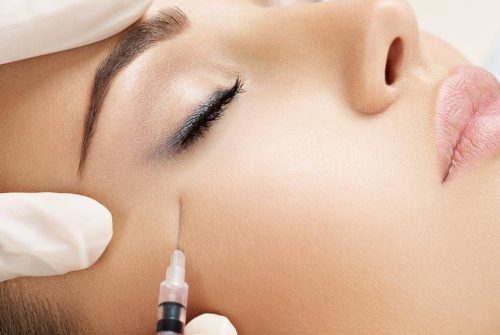
All on four dental procedures is one of the most cost-effective and graft-less ways to treat patients who want to undergo a full-arch restoration. Ever since its inception, the treatment has become increasingly popular. It is a comparatively new dental procedure. If you have been considering it but don’t know much about it. No worries. We have got you covered. Here is all that you need to know to understand this procedure well.
What is all on four dental procedures?
In the procedure, two straight anterior implants and two implants tilted up to 45 degrees in the posterior are used. The posterior implants are tilted helps to utilize the available bone and helps in avoiding grafting. These four implants are then secured to the respective upper and lower jaw. Once they have been implanted, they are used to attach a new set of replacement teeth, which will give you the brand new smile you have been craving. This procedure requires no use of titanium implants. When you opt for all four dental procedures, it helps to bring down the money and time spent on getting dental implants. The procedure is usually less painful as compared to standard implants or removable dentures. One of the best parts about the procedure is that it provides a natural-looking set of teeth.
Who is the right candidate for the procedure?
Not everyone is the perfect candidate for undergoing the procedure. If you are simply missing a tooth or have deteriorated teeth, then a single implant would be the perfect solution. However, the procedure is ideal for those who have several teeth missing or damaged either on the upper or lower jawbone. If you have been experiencing discomfort while wearing dentures, you should consider this procedure. it works as a great replacement, especially when looking for something more permanent and comfortable.
What does recovery look like?
As compared to traditional dentures, All on four has quicker recovery as the implants start fusing to the bone. This helps in the promotion of stability from the very first day. In the first hour, gauze is placed in the areas where surgery was performed. You will have to bite it down to keep it in place. After an hour, you will be asked to remove it only if the area has stopped bleeding. As the areas are tender and sensitive, you mustn’t do anything to disturb them. Avoid touching or rinsing the area. Ensure that you use a soft toothbrush and avoid smoking. Keeping your mouth as clean as possible is essential. Medication will be prescribed that will help to keep the bacteria load low.
In the days after the surgery, you must spend some time resting. Make it a point to avoid strenuous activities like lifting heavy objects and bending over. This can cause swelling and bleeding. Even when sitting up or standing up, make sure you do it slowly, or it can cause lightheadedness. You must avoid exercising for the next 3 to 4 days.






